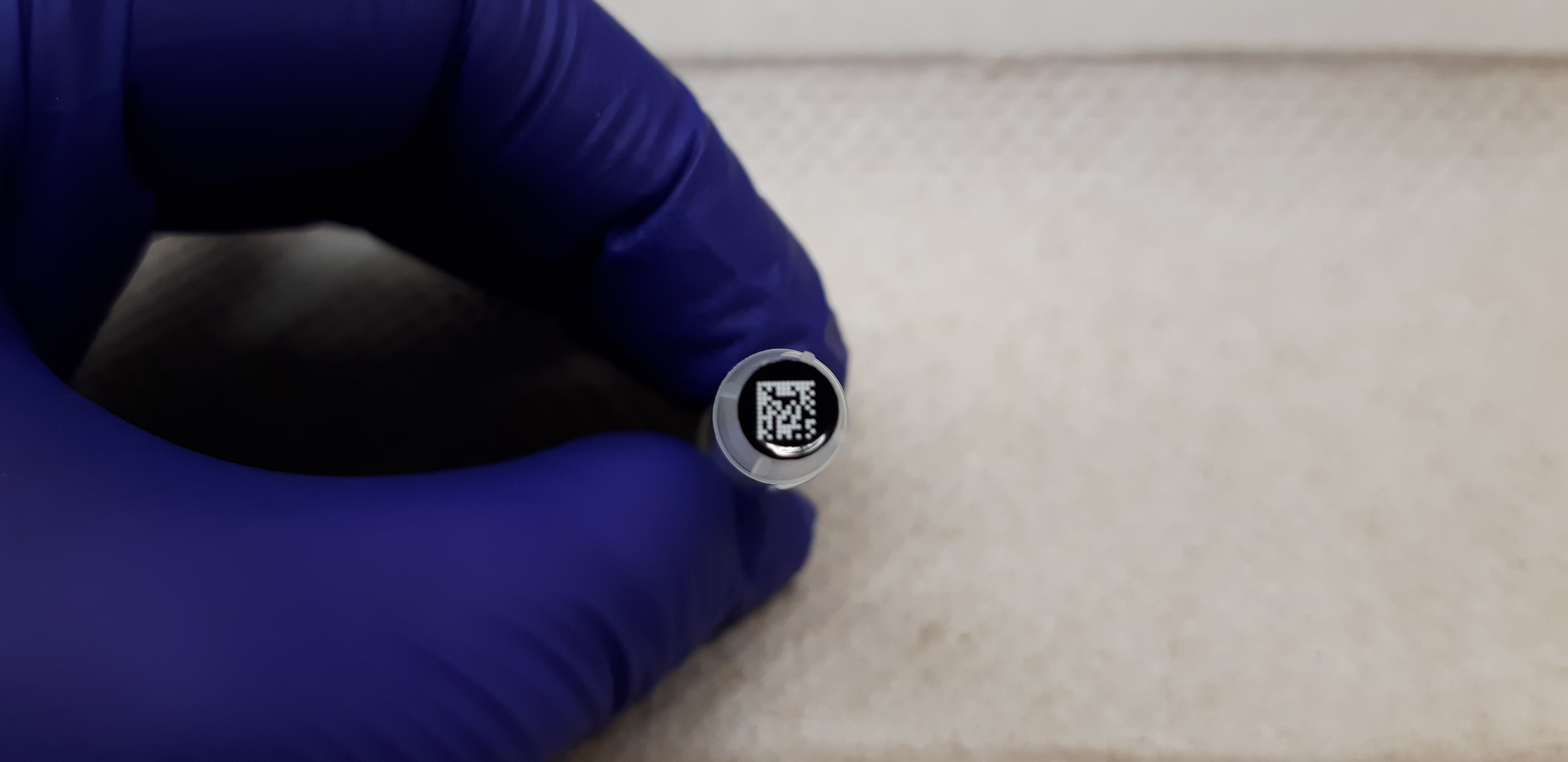Platform
BBI Advanced Technology Lab (BAT-Lab)
Services Include: Single-cell Sequencing and Analysis, Large-scale Functional Analysis, Pathogen Detection
The BAT-Lab is developing and facilitating access to new technologies, including single-cell analysis (e.g. single-cell transcriptomes, epigenomes, etc.), large-scale functional analysis (e.g. CRISPR screens, deep mutational scanning, saturation genome editing, massively parallel reporter assays, etc.), and pathogen detection.
The BAT-Lab is co-directed by Dr. Lea Starita, PhD, Research Assistant Professor of Genome Sciences at the University of Washington, and Dr. Jay Shendure, MD, PhD, the BBI’s Scientific Director.
Single Cell Sequencing and Bioinformatics
We now offer a suite of services for single nucleus sequencing and data interpretation. Our tools support multiplexed single nucleus RNA-seq, from nuclei isolation through single cell sequencing and analysis. We employ comprehensive quality control measures at each step, including: quality control of sample input, sample isolation, sci-RNA-seq experiments and analyses.
The Bioinformatics team develops data analyses and visualization tools for the emerging field of single cell genomics, in part to support the BBI’s Seattle Single Cell Initiative. The BBI computational team provides automated open-source pipelines, and regular office hours to help troubleshoot issues, as well as quarterly data analysis tutorials to help collaborators in the single cell community navigate all levels of analyses of single cell data. They also consult with collaborating labs to tailor approaches for analysis and integration of large single cell datasets.
Learn more about the method, tools, and services here>
Contact us with questions at > sci-help@brotmanbaty.org
Saturation Genome Editing
Harnessing Saturation Genome Editing (SGE) technologies to interpret genetic variation in clinically actionable genes
Variants of uncertain significance limit the clinical utility of genetic information. The SGE team (as part of the Center for Actionable Variant Analysis or CAVA) produces high resolution sequence-function maps for clinically actionable genes.
Resources:
Pathogen Detection
In the fall of 2018, the Brotman Baty Institute (BBI) launched the Seattle Flu Study to identify new and better ways to detect, prevent, and respond to outbreaks of respiratory illness. In collaboration with the University of Washington School of Medicine, Seattle Children’s Hospital, and the Fred Hutchinson Research Center, BBI formed a team of scientists and researchers to collect, analyze, and report on nasal swabs from participants from around the Seattle metro area.
The objective was to analyze flu and other respiratory illnesses within the Seattle area, to track their spread through communities, and to develop a pathogen surveillance network to prepare for future epidemics.
BBI expanded its study in early 2020 to include SARS-CoV-2 and developed two wide-scale research testing platforms: the Greater Seattle Coronavirus Assessment Network (SCAN) and the Husky Coronavirus Testing. SCAN provides free at-home testing in King and Pierce counties; Husky Testing offers free COVID-19 testing for UW students, faculty, and staff. In the fall of 2020, in response to increasing demands for testing and global shortages of viral media and extraction reagents, BBI developed SwabExpress, an extraction-free method of COVID-19 testing that allowed for testing many more samples at a fraction of the cost. Link to SwabExpress paper.
SwabExpress uses simple equipment, such as laboratory ovens, rather than robotic extraction machines. Throughout the year, nearly 100,000 samples for COVID-19 were tested. This technology will make testing more accessible in future epidemics, especially in regions with fewer resources.
BBI conducts real-time quantitative PCR testing using its own lab-developed test for SARS-CoV-2, as well as the OpenArray™ multi-pathogen panel to test for flu and other respiratory illnesses. Results for SARS-CoV-2 are returned to the participant typically within 48 hours. The information collected from these samples is analyzed and used by experts to track the spread of respiratory diseases, as well as to inform the public. It also is shared with health policy makers on the local, state, and national levels to inform policy decisions.
If you are interested in using BBI's pathogen detection services, please contact > info@brotmanbaty.org

Platform Contact
1959 NE Pacific St
Seattle, WA 98195
info@brotmanbaty.org
